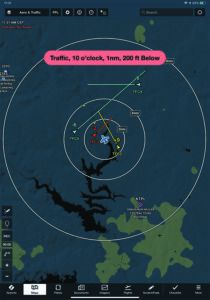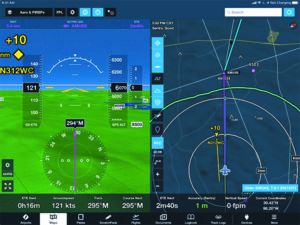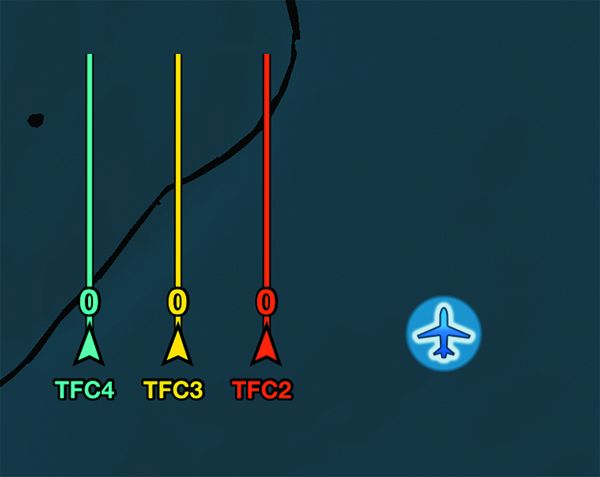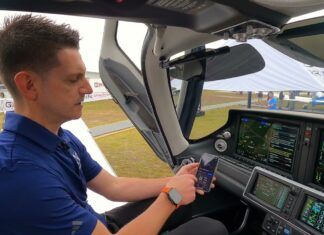Not all traffic interfaces are to the same standard. Some display software is limited in the way it tracks threat targets, and that can sometimes lead to a false sense of security. That may have been the case with ForeFlight’s early-gen traffic interface. But in its version 13 update, ForeFlight changed the functionality of its traffic alerting feature for the better. The company reworked the program’s traffic alerting algorithm, and specifically how the program provides traffic alerts based on nearby ADS-B-equipped targets.

Previously, ForeFlight’s traffic alerting behavior was fairly basic, and its alerting was focused primarily on monitoring a 1.8-NM mile radius (and +/- 1200 feet relative altitude) around the host aircraft’s position. If any ADS-B-equipped aircraft simply came within the circle, the program triggered a traffic alert. Unlike other advanced traffic systems (including Garmin’s good-performing Relative Motion feature), it essentially had a static alert profile, and didn’t consider the movement and speed of the host and target aircraft—an integral component of early threat resolution.

But now ForeFlight uses a forward-looking approach, taking into account each aircraft’s direction of flight and speed (including your own) and computes the threat’s trajectory and where it will be within 45 seconds. If it’s determined to be a threat, ForeFlight highlights onscreen the traffic targets in yellow, and then red (as TA, or traffic alert) when their present course will take them within a distance close enough to be a threat. Red traffic targets that are no longer an immediate hazard will turn yellow for 15 seconds, so your eyeballs can continue to short-term monitor the target on the map.
The enhanced traffic feature is available on all ForeFlight subscription levels, and also works with Garmin ADS-B input.
Visit www.foreflight.com.


